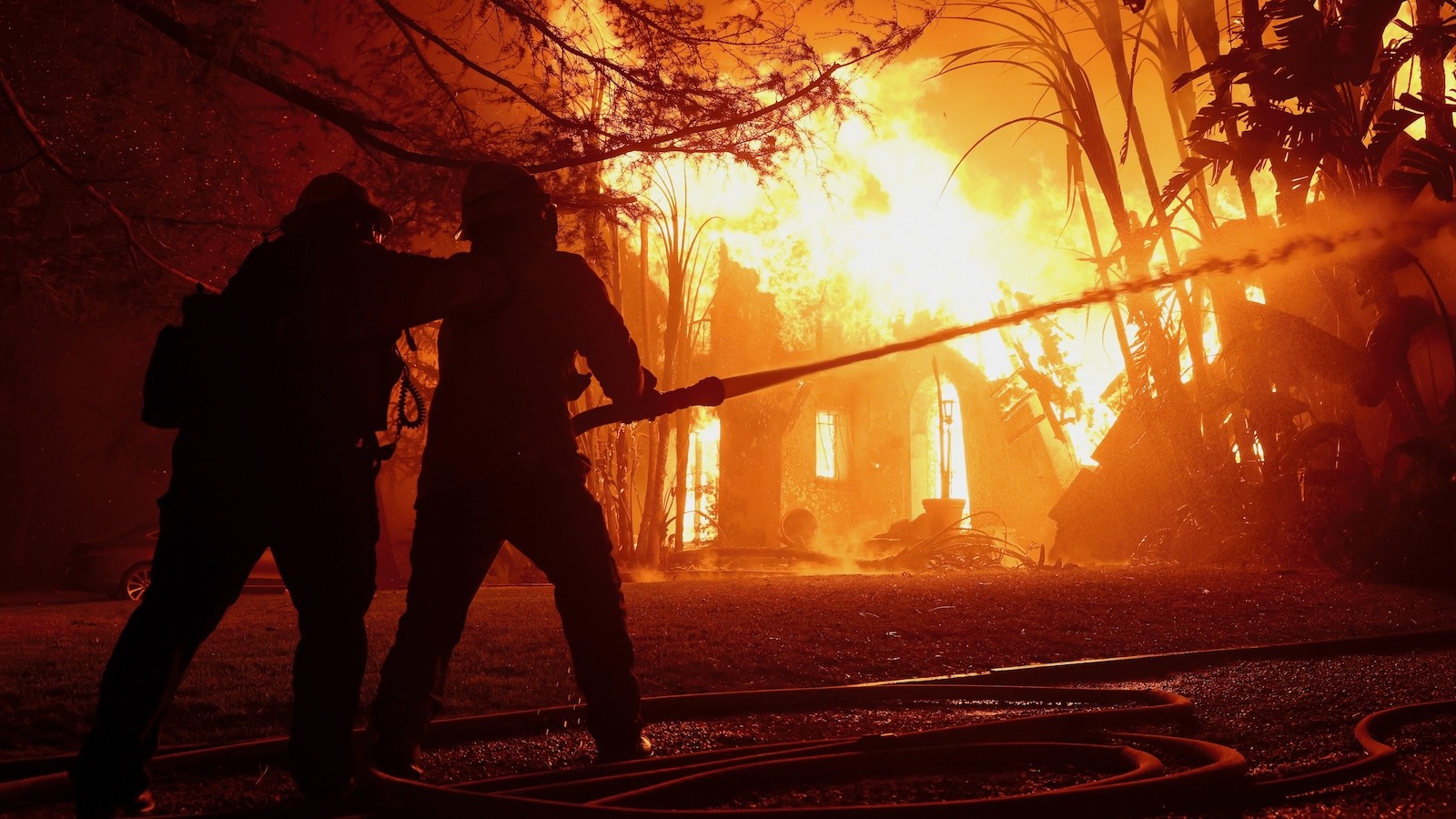As the Trump administration deletes climate data and shutters resources that track the impacts of a warming world, nonprofits, state-level governments, and independent scientists are rushing to preserve the information.
Last week, Climate Central resurrected one of the most prominent of those lost records: the National Oceanic and Atmospheric Administration’s billion-dollar disaster database. The tool allowed policymakers, insurers, and regular people to track how hurricanes, floods, and other catastrophes are growing more expensive — until the agency said in May that it would no longer update the database “in alignment with evolving priorities, statutory mandates, and staffing changes.” The move was part of the administration’s broader effort to roll back climate action and push more of the cost of disaster monitoring and response on to states.
Those changes come alongside a shift in who controls the facts about the climate crisis. With federal agencies no longer submitting emissions data to the United Nations, terminating climate experts and taking down websites, and taking other steps to roll back climate reporting, a patchwork of nonprofits and states is trying to fill the gap — creating an ad-hoc parallel system for tracking the risks Americans face.
Climate Central, which analyzes climate and extreme weather data and explains its impacts to the public, unveiled the updated database on Wednesday. In the first six months of 2025, the nation recorded 14 billion-dollar weather and climate disasters costing $101.4 billion. That’s already far above the annual average of nine. Four of the five costliest years on record have occurred since 2020.
“We know climate change is increasing the frequency and severity of some types of extreme events,” said climatologist Adam Smith, who led the database under NOAA and is doing so again at Climate Central. “And we know more infrastructure in harm’s way to those extremes results in higher damages. Data and information products like this help us understand how to build a more robust, resilient future”
In September, a group of Senate Democrats led by Peter Welch of Vermont introduced a bill to restore the dataset under NOAA, arguing that the information is too vital to be subjected to political whim. His bill, however, hasn’t gone anywhere, and in the meantime, Climate Central hired Smith. He has 20 years’ experience working in climate and extreme weather data analysis and was happy to see the data, which combines and analyzes information gleaned from 16 public and private sources. When the Department of Government Efficiency came to NOAA determined to slash spending, “it seemed pretty clear where they were headed,” Smith said. He resigned “in line with tens of thousands of other federal workers” and looked for a place to continue his work. Climate Central allowed him to “make an apples to apples comparison” with the work he did at NOAA – even the interface looks similar.
According to the Environmental Data Governance Initiative, Trump’s second term is outpacing his first in terms of how much climate data is being deleted. Nonprofits like Climate Central – joined by the likes of Public Environmental Data Partners, The Data Center, and the Climate Data Collaborative – are, in Smith’s words, “triaging, and trying to re-establish a baseline moving forward of what can be done scientifically and what can be maintained.”
Data-deletion is not just a problem for researchers and insurers, but for local and state authorities who rely on resources like the billion-dollar disaster database to make the case for building resilient infrastructure. Officials in Asheville, North Carolina, for example, depended upon the tool when deciding to rebuild the dam at North Fork Reservoir. That work is believed to have kept the structure from breaching during Hurricane Helene.
When Carly Fabian, a policy advocate at Public Citizen, talks to policymakers about climate disaster, “the statistics and data from the billion dollar disaster database were one of my go to statistics,” she said. “It’s been really strange not to have that go-to figure.” Policymakers tend to be motivated by specific dollar amounts, not vague predictions of future crises, she said. “That number will only go up, regardless of whether we’re tracking it or not,” she said. “Tracking it just makes it easier to understand the problem.
Some states are working to build their own databases of climate and weather hazards they face: California, for example, moved to build a public wildfire catastrophe model in early October. And as more states follow their lead, nonprofit efforts like the reborn billion-dollar disaster dataset are “just one piece of the puzzle,” Fabian said.
“In the long run, it really should be the government collecting this data,” she said. “But at the same time, right now, it’s so important not to lose that information and not to have a lag there.”
Source link
Sophie Hurwitz grist.org

